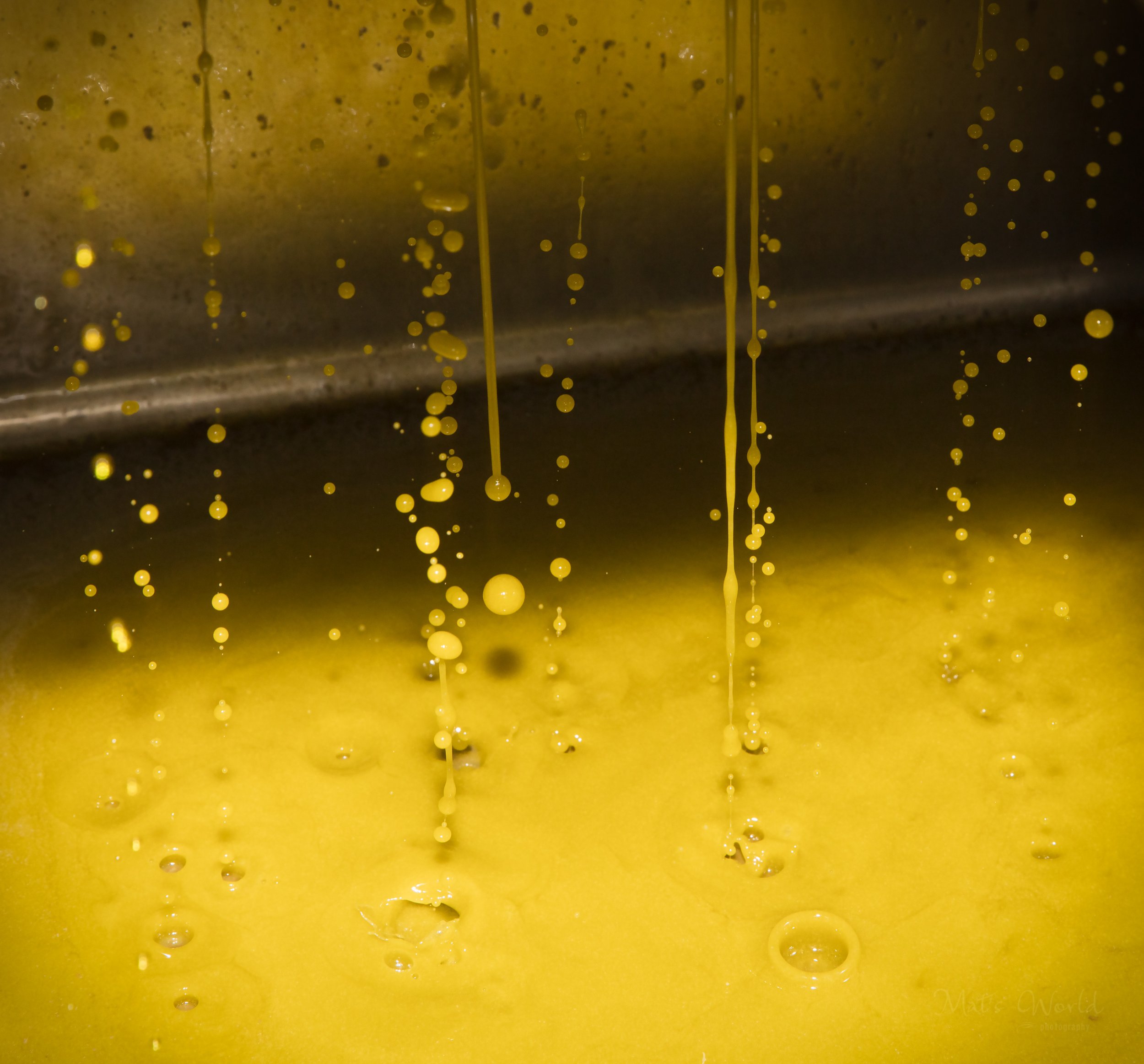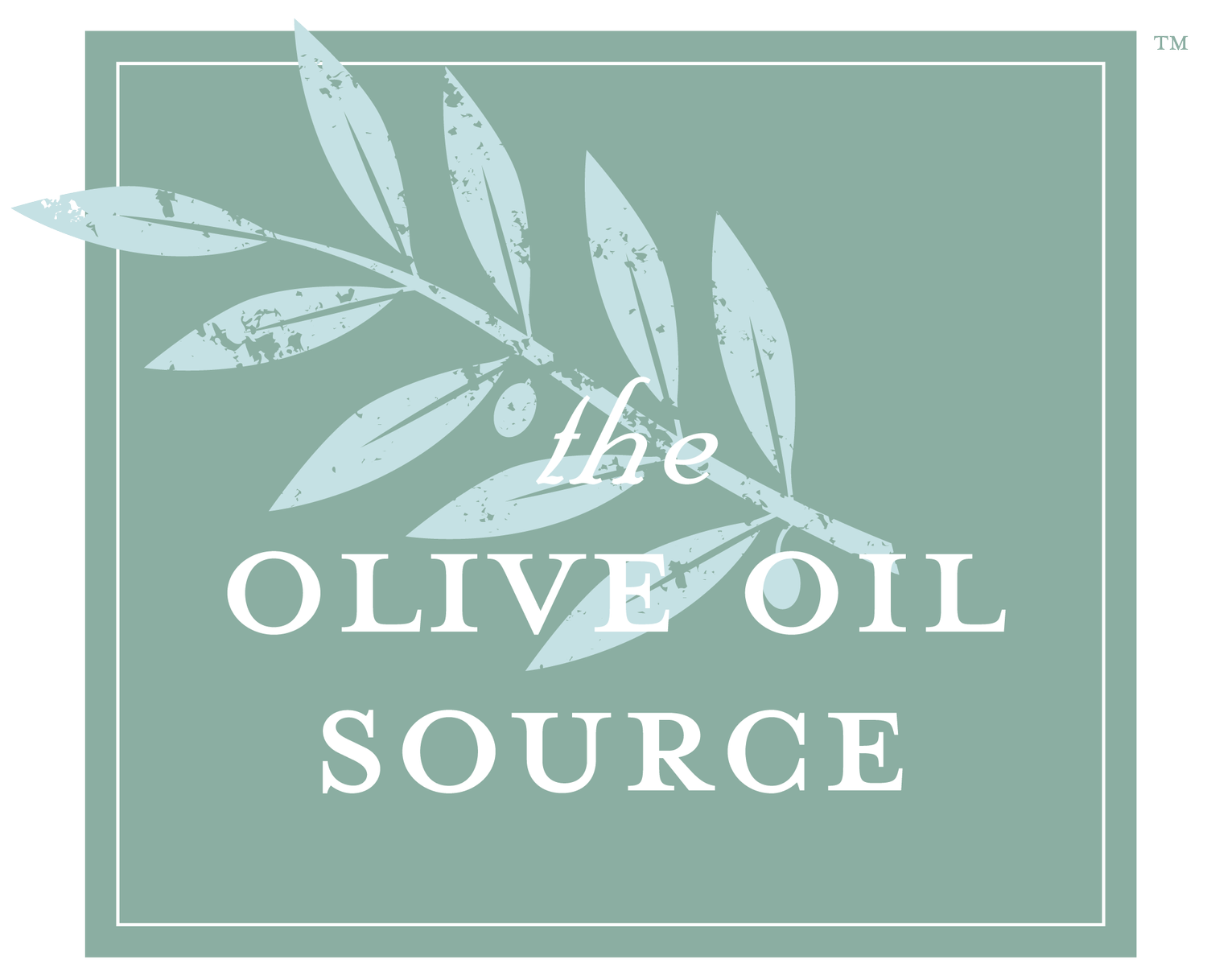
Olive Oil Extraction Process
The basic steps in making olive oil are always the same, no matter what kind of equipment is used, from The Olive Oil Source's First Press to very large commercial mills built to process many tons of olives per hour. Before trying to understand the pros and cons of different machinery and techniques, it is important to understand these basic principles. Check out this video clip taken on the first day of the 2012 milling season at Figueroa Farms!
You can buy hobby milling equipment and commercial milling equipment at our online store.
CLEANING THE OLIVES
The first step in the oil extraction process is cleaning the olives and removing the stems, leaves, twigs, and other debris left with the olives. The olives should be washed with water to remove pesticides, dirt, etc. Rocks and sand will damage a hammermill and quickly wear out a centrifugal decanter or oil separator, reducing life span from 25 to as little as 5 years. It is amazing, and sometimes entertaining, to see what can be found in the bins with the olives. We have heard millers talk not only about rocks and branches, but broken glass, rings, bracelets, pieces of metal, knives, and even razor blades. Light contaminants are removed by a heavy air flow (blower) and heavy objects sink in the water bath.
GRINDING THE OLIVES INTO A PASTE
The second step is crushing the olives into a paste. The purpose of crushing is to tear the flesh cells to facilitate the release of the oil from the vacuoles. This step can be done with stone mills, metal tooth grinders, or various kinds of hammermills.
MALAXING THE PASTE
Malaxing (mixing) the paste for 20 to 45 minutes allows small oil droplets to combine into bigger ones. It is an indispensible step. The paste can be heated or water added during this process to increase the yield, although this generally results in lowering the quality of the oil. The most common mixer is a horizontal trough with spiral mixing blades. Longer mixing times increase oil yield but allows a longer oxidation period that decreases shelf life.
SEPARATING THE OIL FROM THE VEGETABLE WATER AND SOLIDS
How is oil separated from vegetable water and solids?The next step consists in separating the oil from the rest of the olive components. This used to be done with presses (hence the now somewhat obsolete terms first press and cold press), but is now done by centrifugation, except in old facilities. Some centrifuges are called three-phase because they separate the oil, the water, and the solids separately. The two-phase centrifuges separate the oil from a wet paste. In most cases, the oil coming out of the first centrifuge is further processed to eliminate any remaining water and solids by a second centrifuge that rotates faster. The oil is then left in tanks or barrels where a final separation, if needed, happens through gravity. This is called racking the oil. Finally the oil can be filtered, if desired.
The first day of the 2012 harvest at Figueroa Farms.
OPTIONAL STEPS (DEPITTING, ADDITIVES, ADDITIONAL PROCESSING)
Depitting
Although first described hundreds of year ago, there has been recent interest in producing oil from destoned olives. This is a fairly uncommon practice and there is some debate about its usefulness.
Use of Talc
Talc is a widely used additive in the milling process throughout the world. While many neophytes to the business balk at the use of talc, it is an accepted industry practice, just not a very heavily publicized one. Talc helps increase yields when used with high quality fruit and also facilitates the milling of difficult fruit such as overwatered and/or over-ripe fruit.
Difficult fruit manifests itself in several different ways and, in some batches, two or more of the symptoms may be encountered simultaneously.
In some cases, oil is retained within the cell walls of the olive paste rather than being released during the crushing and malaxing process. Talc will absorb the droplets of oil retained in the cell walls, forming larger drops, thereby facilitating the extraction of this oil.
In other cases, oil and water get entrapped in agglomerating microgels. Talc helps to break up these micro gels and release the oil. Additionally, both olive paste and talc have lipophilic characteristics, that is they tend to combine with or retain the oil. The talc helps counteract the paste further releasing oil into an extractable form.
Perhaps the most common problem caused by difficult fruit is that it creates an emulsion during the milling process. Oil droplets are emulsified with water creating an emulsion that cannot be separated and thus oil is lost. Talc helps prevent the formation of emulsions, and also breaks up emulsions previously formed, allowing the oil to be extracted.
As talc is a chemically inert mineral, it does not affect the paste or resulting oil. Typically acidity and peroxide levels are unaffected by the use of talc and, according to some studies, levels can sometimes be improved. Using talc reduces the need for oil degrading measures to increase yield such as heating the paste or adding water and therefore often ends up improving the quality of the oil. It reduces the amount of fruit solids left in the oil that can cause cloudiness and higher levels of sediment. Informal organoleptic analyses show no negative impact with the use of talc.
The amount of talc used ranges from 0.3% to 1% of the weight of the olives being milled. Recently finer configurations of talc have been put on the market claiming to require the use of lower quantities of talc for the same or better results.Other co-adjuvants can be used to increase the yield such as enzyme, steam, hexane and other solvents. These are not used in better quality oils.
Additional Processing
Finally, possible additional processing steps include refining the oil to reduce its acidity and improve flavor (in defective oils) by alkali (chemical reaction with an alkali – caustic soda) or steam processing; bleaching the oil to reduce chlorophyll, carotenoids, residual fatty acids, and pesticides using diatomaceous earth, activated carbon, or synthetic silica treatment, and deodorization to reduce odors with the use of activated carbon. Needless to say, these steps are only used for low quality oil.
